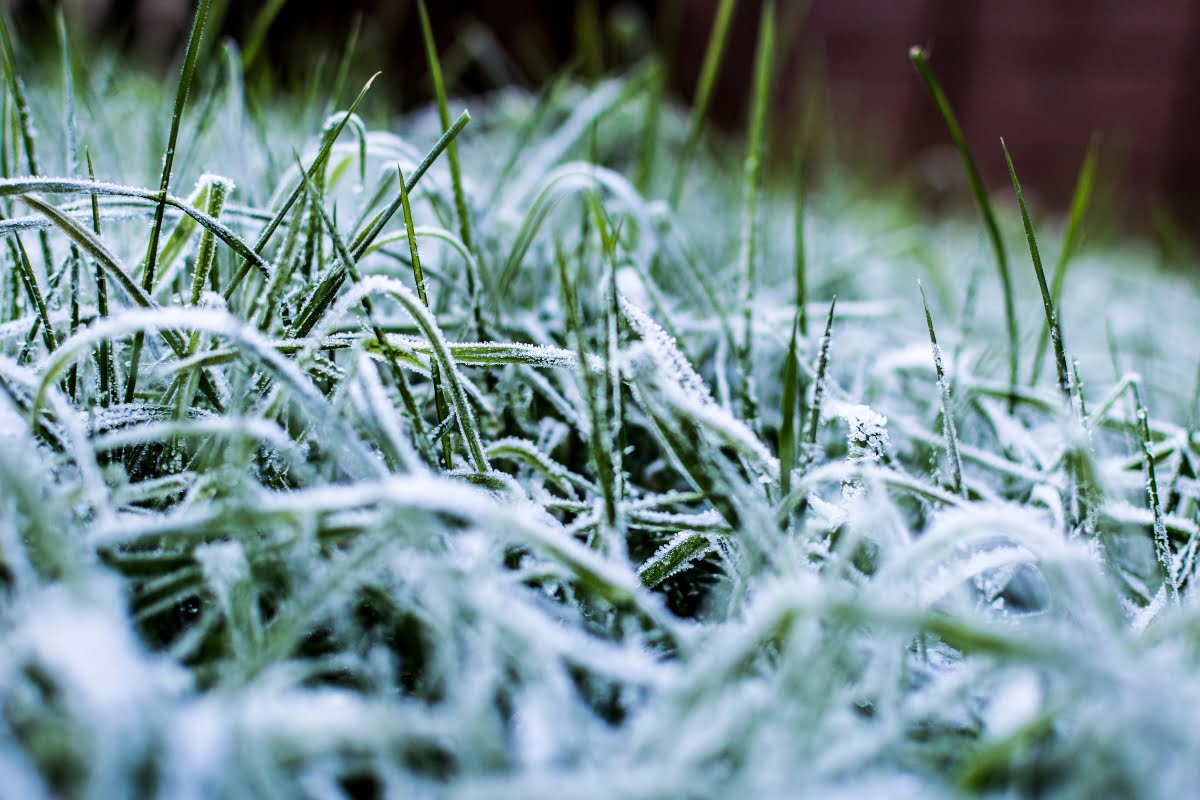While we are bundled up indoors during the winter season, our lawns are exposed to harsh weather conditions that can leave them looking dull and lifeless come spring. That’s why it’s crucial to start thinking about winter lawn care and getting a head start on spring maintenance.
When it comes to caring for your lawn during the winter months, there are several key winter lawn care tips and tricks that can make all the difference. From protecting your grass from frost damage to preventing weed growth, proper winter lawn care can ensure that your yard remains healthy and vibrant throughout the colder months.
By following these winter lawn care tips and getting a head start on your spring maintenance, you can ensure that your lawn remains healthy and beautiful year-round. So, don’t let the cold weather deter you – take action now and give your lawn the care it deserves. Together, let’s make this winter a season of green, vibrant lawns that will be the envy of the neighborhood!
Winter Lawn Care Tips: How to Keep Your Yard Thriving in the Cold
Prepare Your Lawn for Winter: Mow, Rake, and Aerate
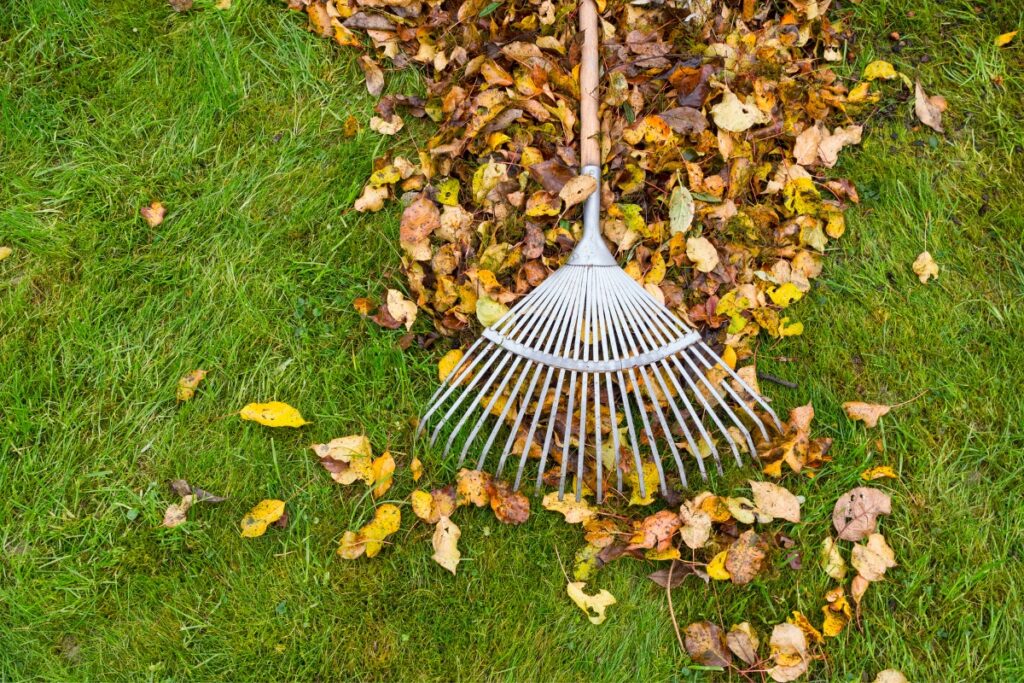
Before the winter weather sets in, it’s important to prepare your lawn for the cold ahead. One of the first winter lawn care tips is giving your grass a good mow. By keeping the grass short, you prevent it from matting down under a heavy layer of snow. This can lead to disease and mold growth, which can be detrimental to your lawn’s health.
In addition to mowing, it’s also essential to rake up any leaves or debris that may have accumulated on your lawn. Leaves left on the grass can create a barrier that prevents sunlight and air from reaching the soil. This can result in dead patches and hinder new growth once spring arrives.
Aerating the soil is another crucial step in preparing your lawn for winter. By aerating, you create small holes in the soil that allow essential nutrients and oxygen to reach the grass roots. This promotes healthy growth and ensures that your lawn will bounce back beautifully once warmer weather returns.
Applying Winter Lawn Fertilizer for Strength and Resilience
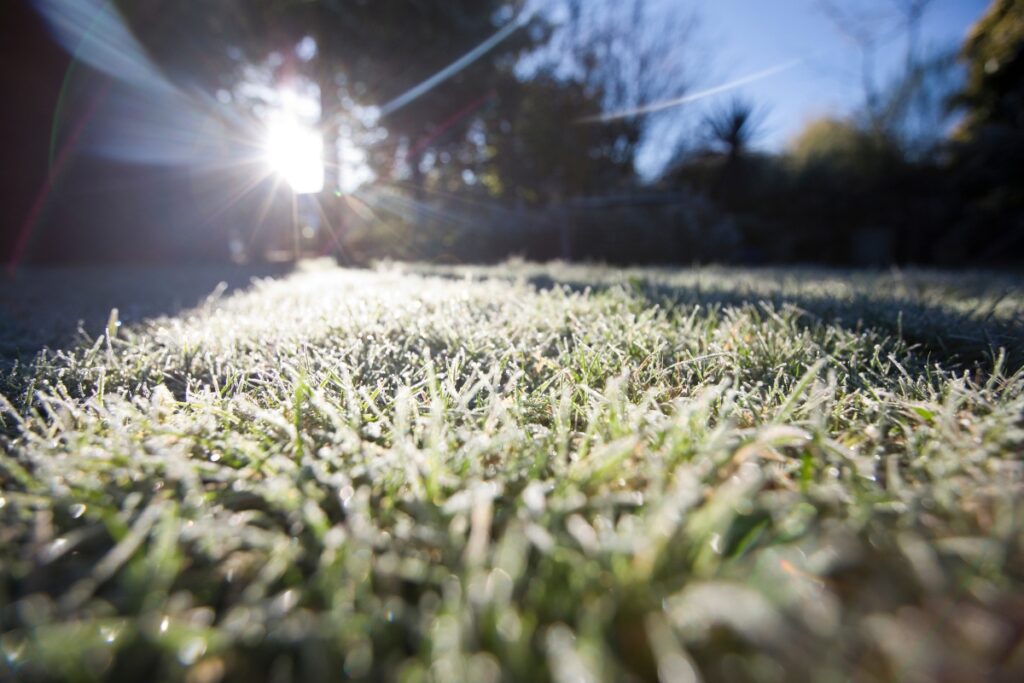
Winter lawn fertilizer is a key component of winter lawn care and one of the most important winter lawn care tips. As mentioned earlier, it contains higher levels of potassium and slow-release nitrogen, which provide the necessary nutrients for your grass to stay strong and resilient during the colder months.
When applying winter lawn fertilizer, it’s important to follow the instructions on the packaging. Apply it evenly across your entire lawn, making sure not to miss any areas. For best results, apply the fertilizer a few weeks before the first frost is expected.
In addition to fertilizing, continue regular watering as long as weather permits. This will help ensure that your grass remains hydrated throughout the winter months.
Shielding Delicate Shrubs and Plants from Frost
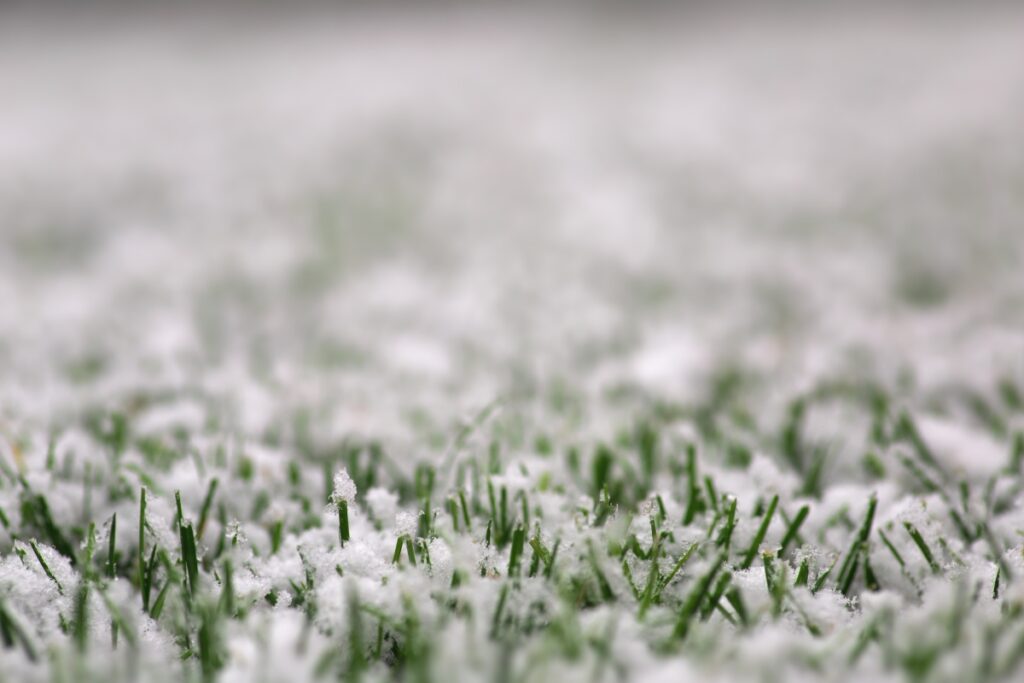
Delicate shrubs and plants are particularly vulnerable to frost damage during the winter months. To protect them, consider covering them with burlap or a protective tarp.
Before covering your plants, make sure they are well-watered. Moist soil retains heat better than dry soil and can help insulate plant roots from freezing temperatures.
Carefully drape burlap or a tarp over your plants, ensuring that they are completely covered. Secure the coverings with stakes or rocks to prevent them from blowing away in strong winds.
Battling Dormant Weed Seeds: Applying Pre-Emergent Herbicide
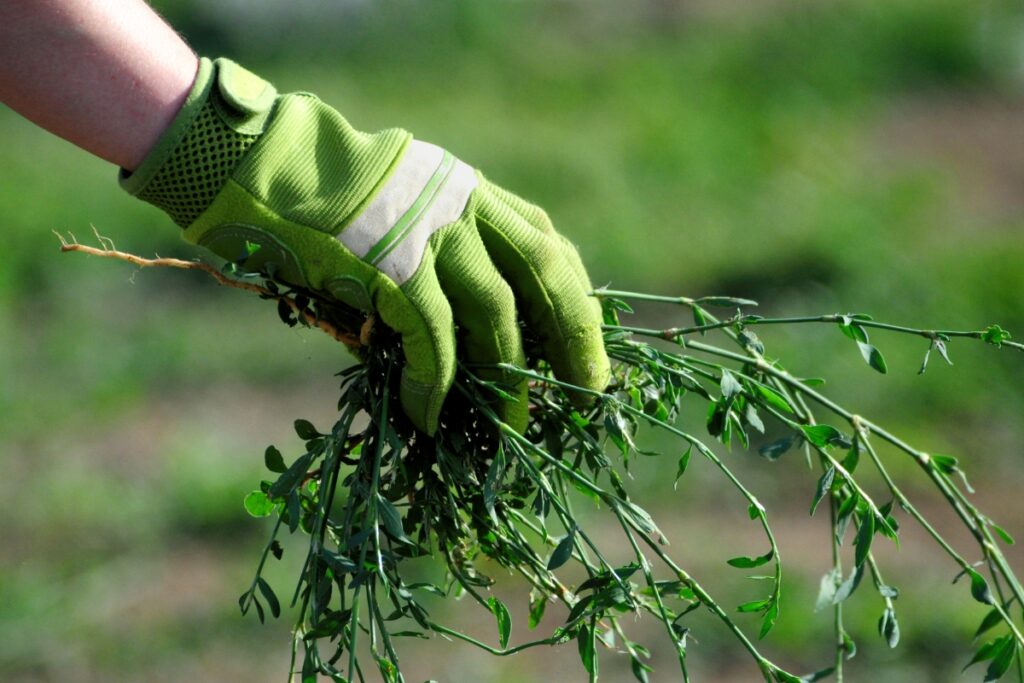
While it may seem like weeds disappear during the winter months, many weed seeds lie dormant in your lawn until spring arrives. To prevent an outbreak of weeds once warmer weather returns, consider applying a pre-emergent herbicide in late winter or early spring.
A pre-emergent herbicide creates a barrier that inhibits weed seeds from germinating and taking root in your lawn. By applying it before weeds have a chance to grow, you can significantly reduce the amount of weeding you’ll need to do later on.
When applying a pre-emergent herbicide, be sure to follow the instructions on the packaging carefully. Apply it evenly across your entire lawn, paying special attention to areas where weeds tend to be more prevalent.
Winter Watering: Keeping Your Lawn Hydrated
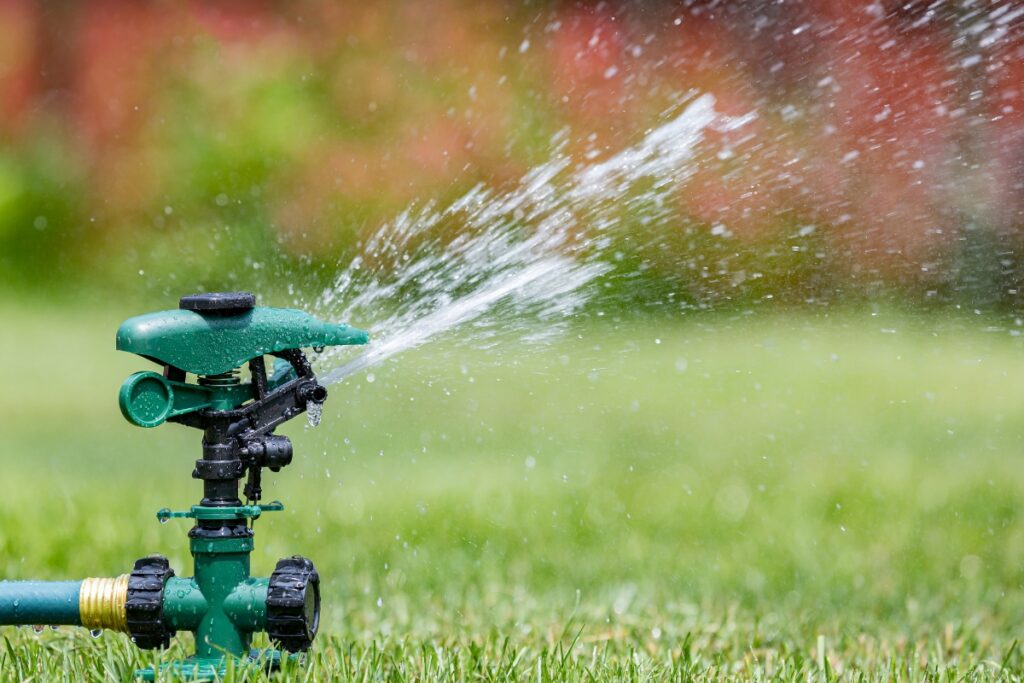
Proper hydration is important for your lawn’s overall health, even during the winter months. While you may not need to water as frequently as you do in the warmer seasons, it’s still essential to keep your grass hydrated.
As long as weather permits, continue watering your lawn once every two weeks or so. This will help prevent your grass from drying out and becoming dormant. However, be mindful of freezing temperatures and avoid watering when there is a risk of ice forming on your lawn.
Proper Snow Removal Techniques for a Healthy Lawn
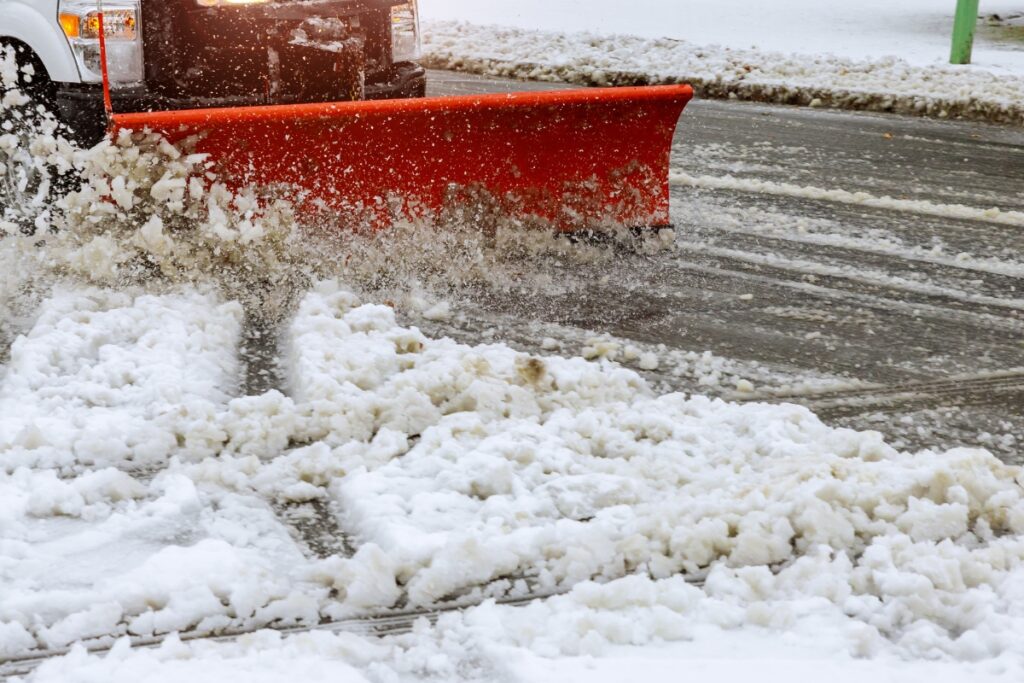
Winter can take a toll on your lawn, but with proper snow removal techniques, you can ensure that your lawn remains healthy and vibrant come spring. Here are some essential winter lawn care tips to help you maintain your lawn during the winter months.
- Clear the Snow Regularly: It’s important to remove snow from your lawn as soon as possible after a snowfall. Leaving snow sitting on your lawn for extended periods can lead to snow mold, which can damage the grass. Use a snow shovel or a snow blower to clear the snow, making sure not to push it onto your lawn or walkways.
- Avoid Using Salt: While salt is commonly used to melt ice and snow, it can be harmful to your lawn. Salt can cause damage to the grass, leading to brown patches in the spring. Instead, opt for alternative ice melt products that are safe for your lawn or use sand for traction on walkways.
- Shovel Carefully: When shoveling snow, be mindful of your lawn. Avoid pushing the shovel too deeply into the ground, as this can damage the grass roots. Instead, gently lift the snow off the ground, taking care not to scrape the surface. Use a plastic shovel or a snow pusher to minimize the risk of accidentally damaging the grass.
- Create Pathways: Designate specific pathways for foot traffic to minimize the amount of snow that gets compacted on your lawn. This will help prevent excessive damage and compaction, allowing your grass to breathe and grow properly.
- Hire Professional Help: If you have a large property or struggle with physical limitations, it may be worth considering hiring a professional snow removal service. They have the experience and equipment to efficiently clear snow without causing damage to your lawn.
- Monitor for Snow Mold: Keep an eye out for signs of snow mold, such as discolored patches or a fuzzy appearance on your lawn. If you notice any signs, rake the affected areas lightly to promote air circulation and prevent further damage.
Remember, maintaining a healthy lawn during the winter months requires proactive care. By following these proper snow removal techniques and winter lawn care tips, you can ensure that your lawn stays healthy and ready for spring.
Planning for Spring: Setting Up a Lawn Care Schedule
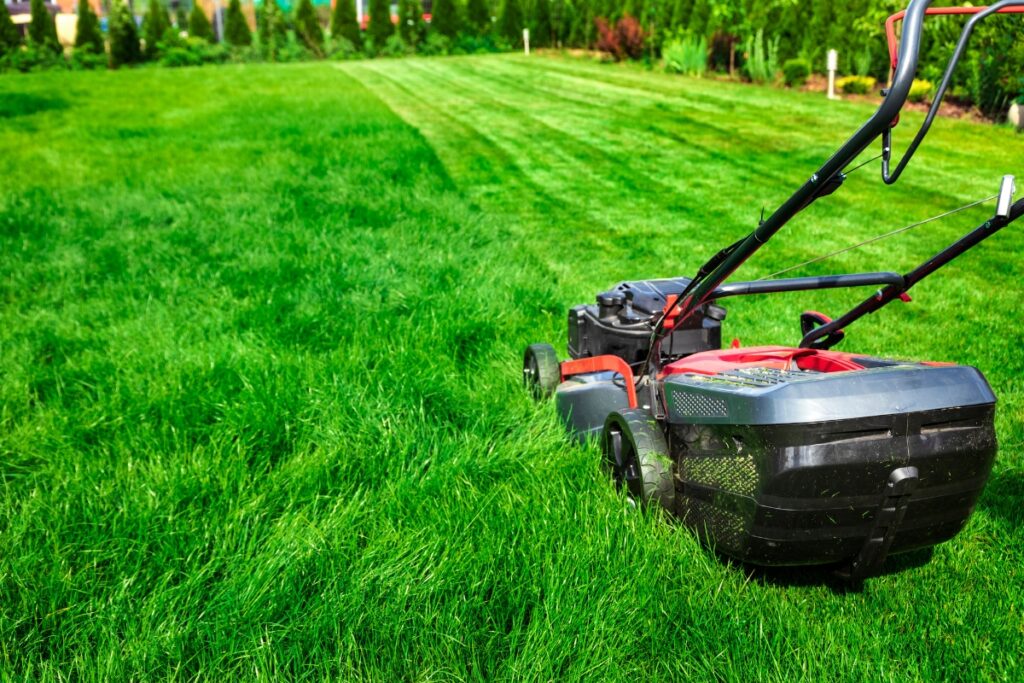
If you want to have a healthy and vibrant lawn come springtime, it’s essential to start planning your lawn care schedule during the winter months. Part of winter lawn care tips is planning for the spring. By taking the time to prepare and maintain your lawn during this time, you can ensure that it will be in the best possible condition when the warmer weather arrives.
In this section, we will provide you with some valuable winter lawn care tips and advice on how to set up a lawn care schedule for the spring season.
One of the first steps in planning your lawn care schedule is to assess the current condition of your lawn. Take a walk around your yard and look for any areas that may need special attention. Are there any bare patches that need to be reseeded? Are there areas with excessive thatch or compacted soil? Identifying these issues early on will help you determine which tasks to prioritize in your schedule.
Once you’ve assessed your lawn’s needs, it’s time to start scheduling specific tasks. Begin by considering the tasks that should be done as soon as the weather permits. This may include raking up any remaining debris, removing any winter protection measures, and applying a pre-emergent herbicide to prevent weeds from germinating.
Next, think about the tasks that should be done as the weather continues to warm up. This may include aerating the soil to improve its ability to absorb water and nutrients, applying fertilizer to promote healthy growth, and overseeding any thin or bare areas. It’s important to space out these tasks to give your lawn time to recover and grow.
As the spring season progresses, your lawn care schedule may include regular mowing, watering, and weed control. Remember to adjust your mowing height based on the type of grass you have and the current weather conditions. Avoid cutting your grass too short, as this can lead to stress and make it more susceptible to weeds and diseases.
In addition to these routine tasks, it’s also important to keep an eye out for any potential issues that may arise during the spring. This could include signs of pests or diseases, which may require immediate attention. By being proactive and addressing these issues early on, you can prevent them from causing significant damage to your lawn.
Setting up a lawn care schedule for the spring season requires careful planning and consideration. By assessing your lawn’s needs, scheduling tasks accordingly, and being vigilant for any potential issues, you can ensure that your lawn will be healthy and beautiful throughout the spring and summer months.
So, start planning now and get a head start on your spring lawn care routine. Your lawn will thank you!
Common Winter Lawn Care Mistakes to Avoid

When it comes to winter lawn care tips, there are certain mistakes that many homeowners make. By avoiding these common errors, you can ensure that your lawn stays healthy and vibrant throughout the colder months. Here are some winter lawn care mistakes to avoid:
- Neglecting to mow before winter: One mistake that homeowners often make is neglecting to mow their lawn before winter sets in. It’s important to give your lawn a good trim before the first frost arrives. This helps to prevent the grass from becoming too long and susceptible to disease and damage during the winter months.
- Failing to remove leaves: Leaves may look pretty when they fall, but they can cause a lot of problems for your lawn if left unattended. A thick layer of leaves can block sunlight and trap moisture, leading to fungal diseases and dead patches in your lawn. Make sure to regularly remove fallen leaves to keep your lawn healthy.
- Overwatering: While it’s important to water your lawn even during the winter, overwatering can do more harm than good. Excess water can lead to root rot and encourage the growth of weeds and moss. Adjust your watering schedule according to the weather conditions and avoid overwatering your lawn.
- Failing to aerate the soil: Aerating your lawn in the winter helps to improve the flow of air, water, and nutrients to the grass roots. This helps the lawn to stay healthy and promotes new growth in the spring. Neglecting to aerate the soil can result in compacted soil and poor lawn health.
- Not protecting against foot traffic: Winter is a time when your lawn is more vulnerable to damage caused by foot traffic. Failing to protect your lawn against excessive walking can lead to compacted soil and bald spots. Consider creating designated walkways or using decorative stepping stones to prevent damage to your lawn.
- Ignoring weeds: Just because it’s winter doesn’t mean that weeds won’t grow. Weeds such as dandelions and clover can still thrive in cooler temperatures. Make sure to address any weed growth promptly to prevent them from taking over your lawn come spring.
By avoiding these common winter lawn care mistakes, you can maintain a healthy and beautiful lawn throughout the colder months. Keep these winter lawn care tips in mind and give your lawn the care it needs to thrive, even in winter.
Conclusion: Achieving a Year-Round Beautiful and Vibrant Lawn
Winter may be a challenging time for lawns, but with winter lawn care tips and attention, you can ensure that yours remains beautiful and vibrant year-round.
Remember, winter lawn care is not just about protecting your grass from the elements. It’s also an opportunity to plan ahead and set your lawn up for success in the coming months.
So don’t let the cold weather deter you – take action now and give your lawn the care it deserves. Your efforts will be rewarded with a lush, green yard that will be the envy of the neighborhood!
The key to a lush and vibrant lawn lies in the hands of experts who understand the delicate balance of seasonal transitions. Glover Landscapes stands ready to transform your outdoor space into a flourishing haven.
With a commitment to excellence and a passion for meticulous care, we offer tailored solutions for every lawn. Ready to give your lawn the attention it deserves? Choose Glover Landscapes for a spring-ready lawn that will be the envy of the neighborhood with our landscaping services.
Call us at (404) 510-6437 to discuss how we can enhance your outdoor oasis. Let Glover Landscapes be your partner in crafting a lawn that thrives in every season.


